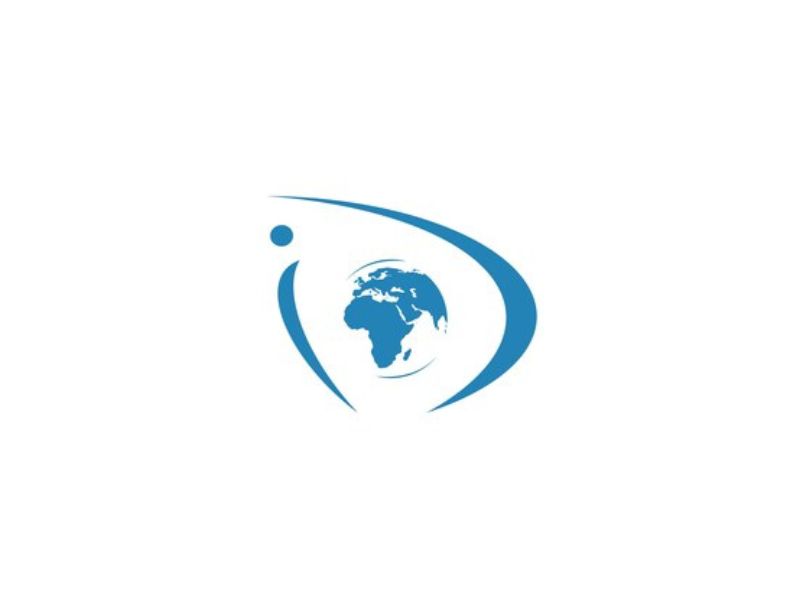iData Research has officially published the results from a new report, which issues a warning regarding significant cost escalation and supply disruption across the MedTech sector, caused by President Trump’s newly-introduced tariffs.
For better understanding, with import duties potentially reaching up to 145%, industry stakeholders now have no option but to reevaluate supplier networks, procurement models, and risk exposure across what is a $200 billion ecosystem.
Talk about this report on a slightly deeper level, since early 2025, the U.S. has imposed tariffs on a broad range of medical components.
These components include, for starters, all those medical devices, as a large chunk of surgical instruments, diagnostic equipment, and infusion systems are produced internationally. From a statistical standpoint, 69% of medical devices, marketed in the U.S., are understood to be manufactured outside the country, with approximately 14% coming from China alone.
Next up, we have various key materials, such as titanium, stainless steel, and polymers used in implantable and surgical devices. In case you weren’t aware, the stated materials are essential for orthopedic implants, spinal devices, and various surgical tools. Hence, fluctuations in titanium, stainless steel, and polymers’ cost are already beginning to influence margins across the stated medical disciplines, mandating adjustments in sourcing or pricing models.
Then, there are electronic subassemblies, a segment inclusive of lenses, microchips, and power modules used in capital equipment. At present, Taiwan, home to the world’s leading semiconductor manufacturers, is known for producing a significant share of advanced chips. Fortunately enough, the US has imposed a 32% tariff on Taiwanese imports, but at the same time, semiconductors have been exempt from these duties.
Moving on to high-volume consumables, these are essential medical supplies such as syringes, gloves, masks, and gowns that all play a crucial role in daily healthcare operations. As of May 2024, the U.S. imports $14.9 billion worth of medical equipment, with some items now up against substantial tariff pressure.
Apart from that, we have active pharmaceutical ingredients (APIs) that are primarily procured from China and India. Interestingly, while pharmaceutical products were initially exempted from tariffs, there is an ongoing national security investigation which may lead to trade restrictions and the imposition of tariffs.
In fact, with APIs facing potential Section 232 tariffs, manufacturers across the drug and device overlap space could very well encounter new cost pressures or delays, especially those relying on Chinese or Indian ingredients.
Among other things, we ought to mention how tariff rates vary widely, starting at 10% and reaching up to 145% on certain Chinese imports. Not just that, exemptions under the United States-Mexico-Canada Agreement (USMCA) also remain unstable, bringing all the more uncertainty to North American supply chains.
“With the U.S. medical device and pharmaceutical sectors highly dependent on global supply chains, tariff volatility is triggering real consequences, from procurement delays to pricing spikes,” said Dr. Kamran Zamanian, CEO of iData Research. “In today’s trade environment, protecting margins in the $200B MedTech industry requires contingency planning, supplier diversification, and close monitoring of policy changes.”





